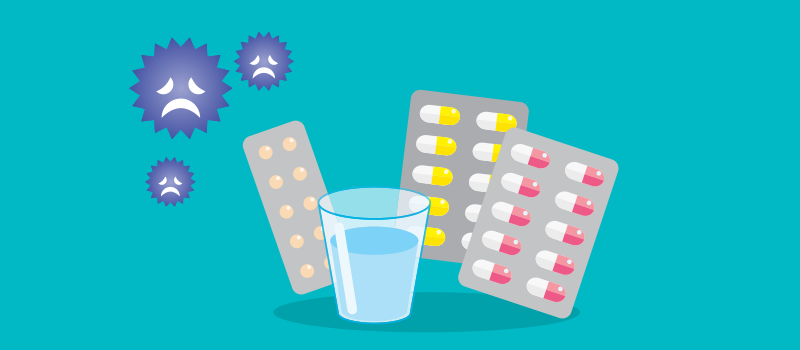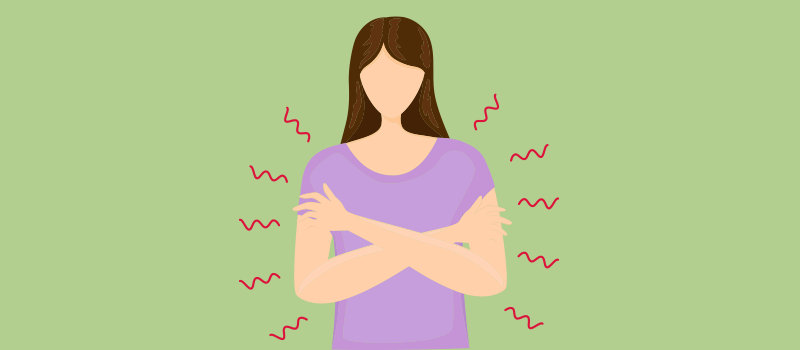What’s the Buzz
The Bee Healthy Blog
How to Treat Hypothermia at Home?

Hypothermia is an emergency medical condition in which the body loses heat faster than it can produce heat, resulting in a lower-than-normal body temperature. It is a serious and life-threatening condition that requires immediate medical attention. Without medical treatment, severe hypothermia can lead to multiple organ failure, including heart failure and even death.
Please continue reading to learn how to recognize the symptoms of hypothermia, ways to keep a person warm if they have hypothermia, and tips to prevent hypothermia.
What is a person’s body temperature normally?
A person’s body temperature is normally 37 degrees Centigrade or 98.6 degrees Fahrenheit on average. However, it can vary throughout the day and range anywhere from 36.1C to 37.2C or 97F to 99F.
What is hypothermia?
A body temperature of less than 35 degrees Centigrade or 95 degrees Fahrenheit is called hypothermia.
Note that a drop in the core body temperature (the temperature of the body’s internal organs in the peritoneal cavity of the abdomen) is the best indicator of hypothermia. However, since it is not possible to measure the core body temperature under normal circumstances, the external skin temperature can be measured to diagnose hypothermia.
What causes hypothermia?
Hypothermia occurs with exposure to cold weather. Prolonged exposure to extremely cold temperatures or immersion in cold water can cause a rapid loss of body heat. Staying out in the cold too long, not wearing enough warm clothes, being unable to get out of cold water (for example, after a boat capsizes), staying in cold and wet clothes, and cold indoor temperatures can all cause hypothermia.
What are the risk factors for hypothermia?
Exposure to cold weather is the biggest risk factor for hypothermia. Homeless and poverty-stricken people are at high risk. Certain other people are also at a higher risk of developing hypothermia, including babies and young children, older adults, people with mental health problems (they may not dress appropriately in cold weather), and those who abuse drugs and alcohol (this can cause expansion of the blood vessels in the skin and rapid loss of body heat).
In addition, people with health issues such as hypothyroidism (underactive thyroid gland), poor nutrition, eating disorders, arthritis, diabetes, stroke, Parkinson’s disease, and spinal cord injuries are at an increased risk of hypothermia.
Certain medications such as sedatives, narcotic pain relievers, antipsychotics, and antidepressants can also affect body temperature by affecting the body’s ability to regulate temperature.
How to know if a person shows signs of hypothermia?
Signs and symptoms of hypothermia include shivering, bluish skin, shallow breathing or difficulty breathing, a weak pulse, low blood pressure, poor coordination, fumbling or clumsiness, tiredness, slurred speech, drowsiness, memory loss, confusion, and loss of consciousness. Babies with hypothermia may show a lack of energy and cold skin that appears bright red in color.
What is the fastest way to cure hypothermia?
If you suspect hypothermia, seek immediate medical care. Call 911 or emergency services. Hypothermia is a medical emergency. Even moderate hypothermia can be fatal if left untreated. While you wait for medical help to arrive, offer first aid and warm the person (see below). Keep an eye on the person’s breathing, and if they have stopped breathing or do not appear to have a pulse, begin CPR.
How do emergency medicine doctors treat hypothermia?
Mild hypothermia is treated with heated blankets and a warm drink.
For moderate to severe hypothermia, doctors may do the following to raise body temperature:
- Rewarm the blood by drawing it out, warming it, and sending it back to the body using a hemodialysis machine.
- Give warm salt water intravenously to help with blood rewarming.
- Use humidified oxygen with a mask or breathing tube to rewarm the airways.
- Rewarm the abdominal cavity or lung area using a warm salt water solution introduced through catheters.
How do you fix hypothermia at home?
You should seek emergency medical care for hypothermia. While you wait for emergency services to arrive, move the person indoors into a warm room or shelter. If this is not possible, try to insulate their body from the cold ground. Be gentle while moving the person because jerking movements can trigger irregular heartbeats.
Once in a warm area, keep the person in a horizontal position. Remove wet clothing and replace it with layers of warm clothes, dry blankets, or a dryer-warmed towel. You can use direct contact between your skin and the person’s skin to help warm their cold body. Keep the whole body warm, including the person’s head and neck.
If the affected person is conscious, give them warm beverages such as warm water. Do not give the person alcohol or caffeinated beverages.
How do you warm up a hypothermic person?
Apply warm, dry compresses to the neck, chest, and groin. However, do not apply them to the arms or legs. This can force cold blood to rush back toward vital organs like the heart, lungs, and brain, causing a fatal drop in core body temperature.
Do not use direct heat such as a hot bath, hot water bottles, heating pads, or a heating lamp. This can cause severe injury to the skin. It can also cause irregular heartbeats and cardiac arrest.
What are the 3 things we should do for hypothermia?
The 3 most important things one should do for hypothermia while waiting for emergency medical services:
- Be gentle while moving the person. Avoid vigorous or unnecessary movements, as this can trigger cardiac arrest.
- Move the person out of the cold, remove wet clothing, and warm the person.
- Give the person warm fluids and high-energy foods like chocolate.
How to prevent hypothermia?
- Wear protective clothing such as scarves and mittens to prevent heat from escaping from your face, neck, and hands.
- Avoid overexertion with activities that cause sweating. Wet clothing can cause a more rapid loss of heat from the body.
- Wear layers of loose-fitting, lightweight clothes. Choose water and wind-repellent materials for outer clothing and wool, silk, or polypropylene for inner layers.
- Stay as dry as possible. Check your boots and mittens for snow. Remove wet clothing as soon as possible.
- Head indoors if you feel cold.
Cold water precautions include:
- Wear a life jacket on boats.
- Get out of the water as soon as possible if your boat capsizes.
- Avoid swimming unless you’re close to the shore (swimming can use up precious energy and body heat).
- Position your body with your knees to your chest to minimize heat loss.
- Keep warm by huddling with others, if possible.
- Keep your clothing on for insulation while you remain in the water. Remove clothing only after you are out of the water and can take measures to stay warm.
References:












SOCIAL